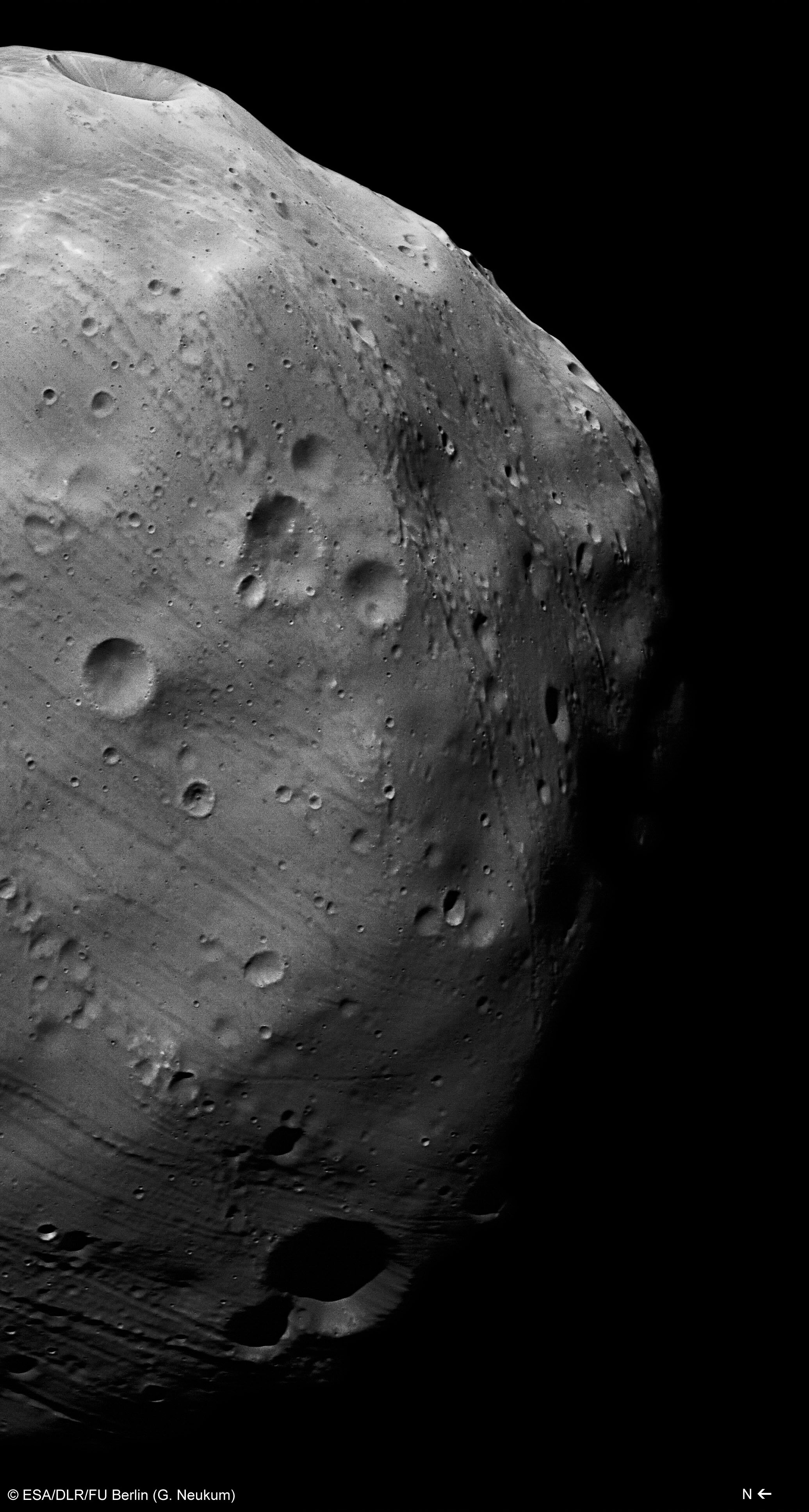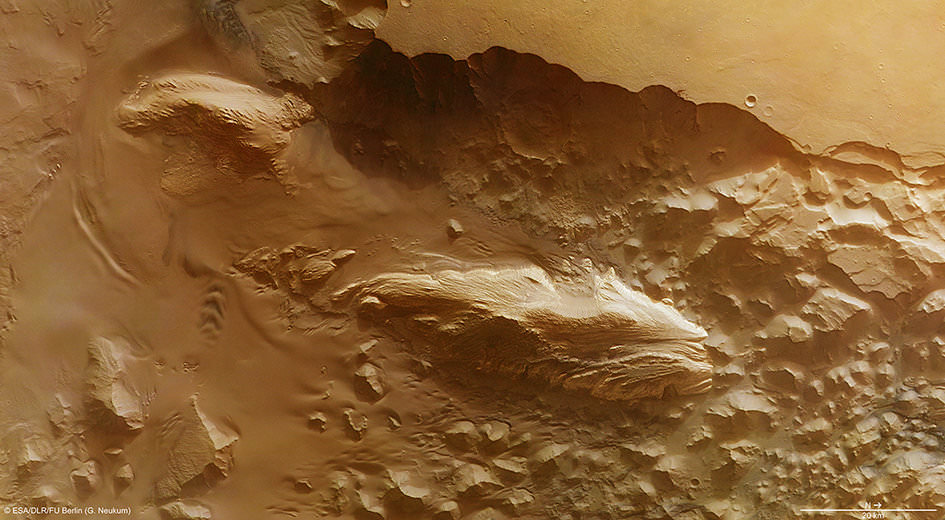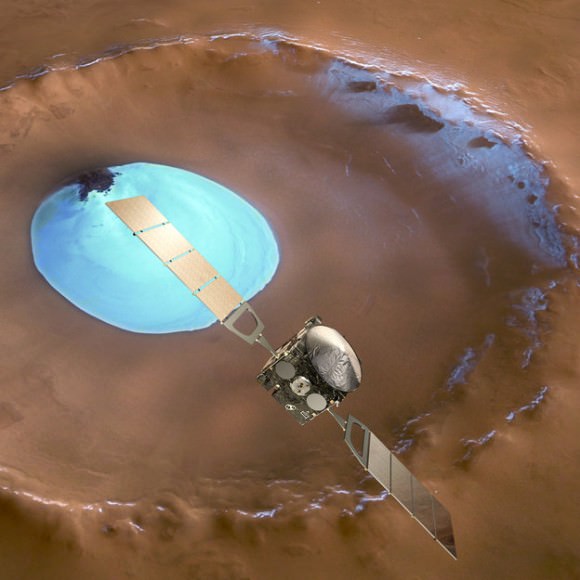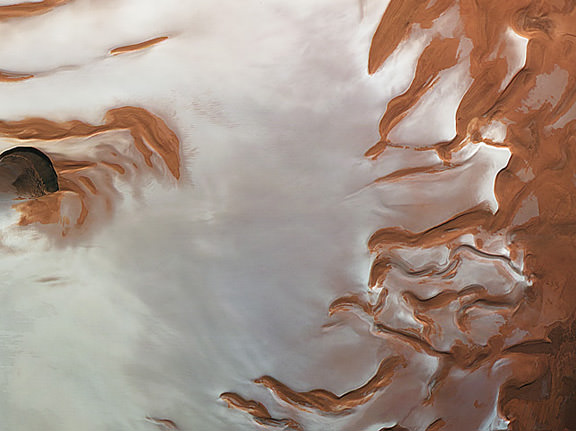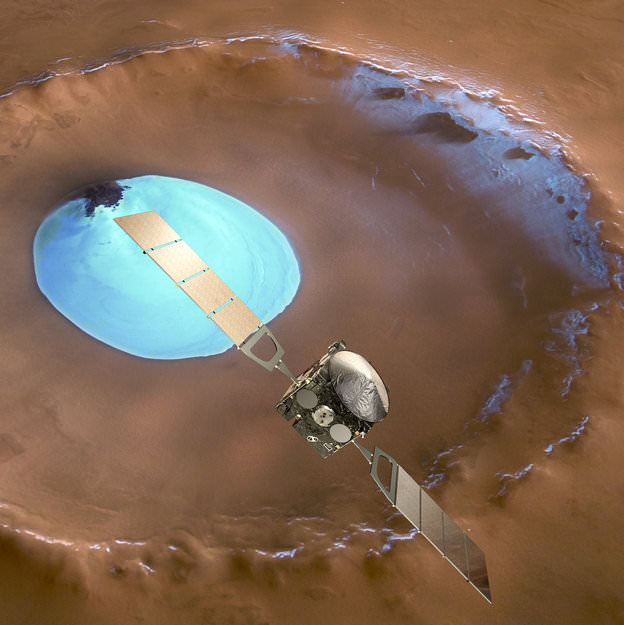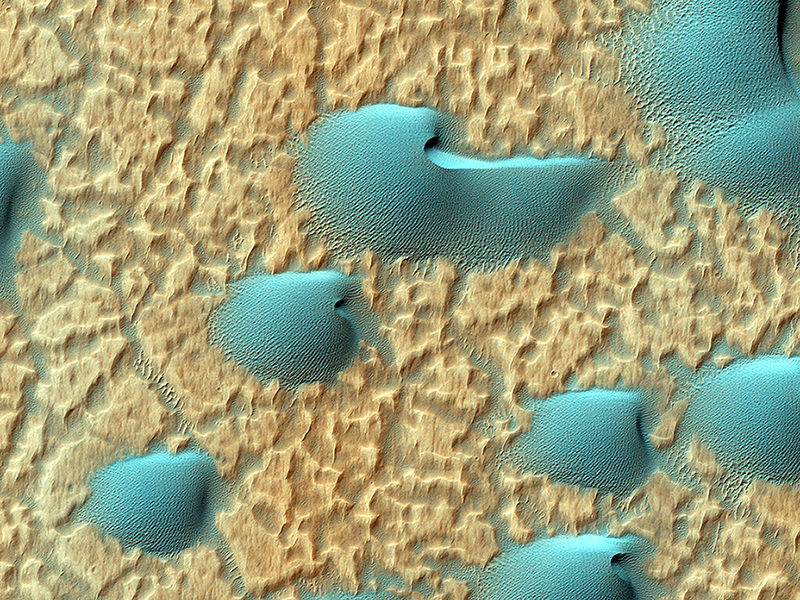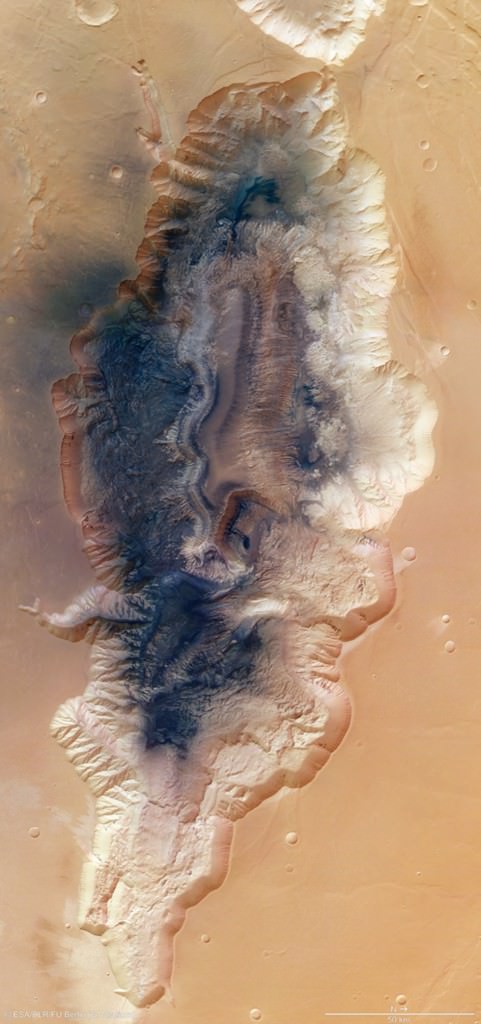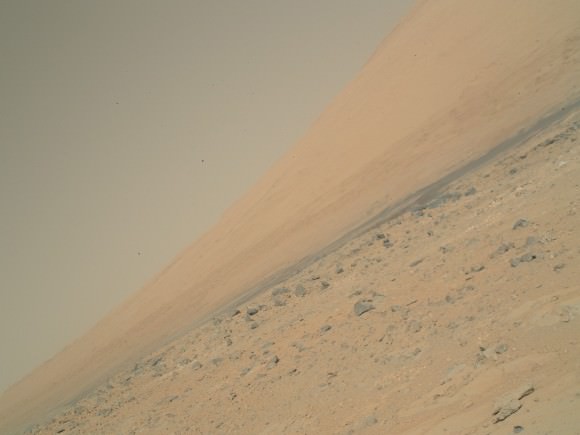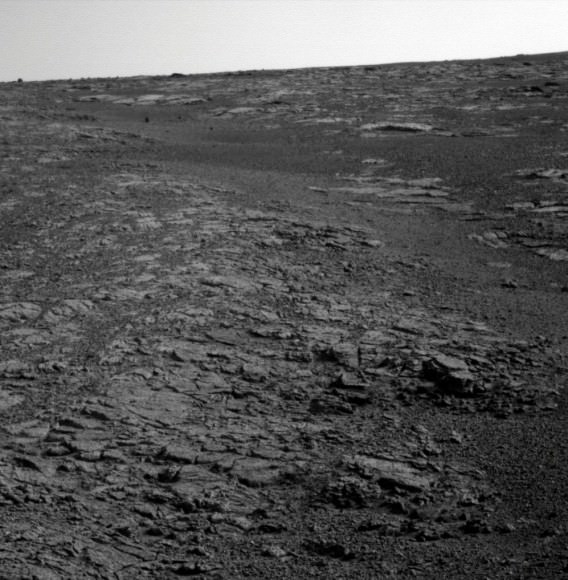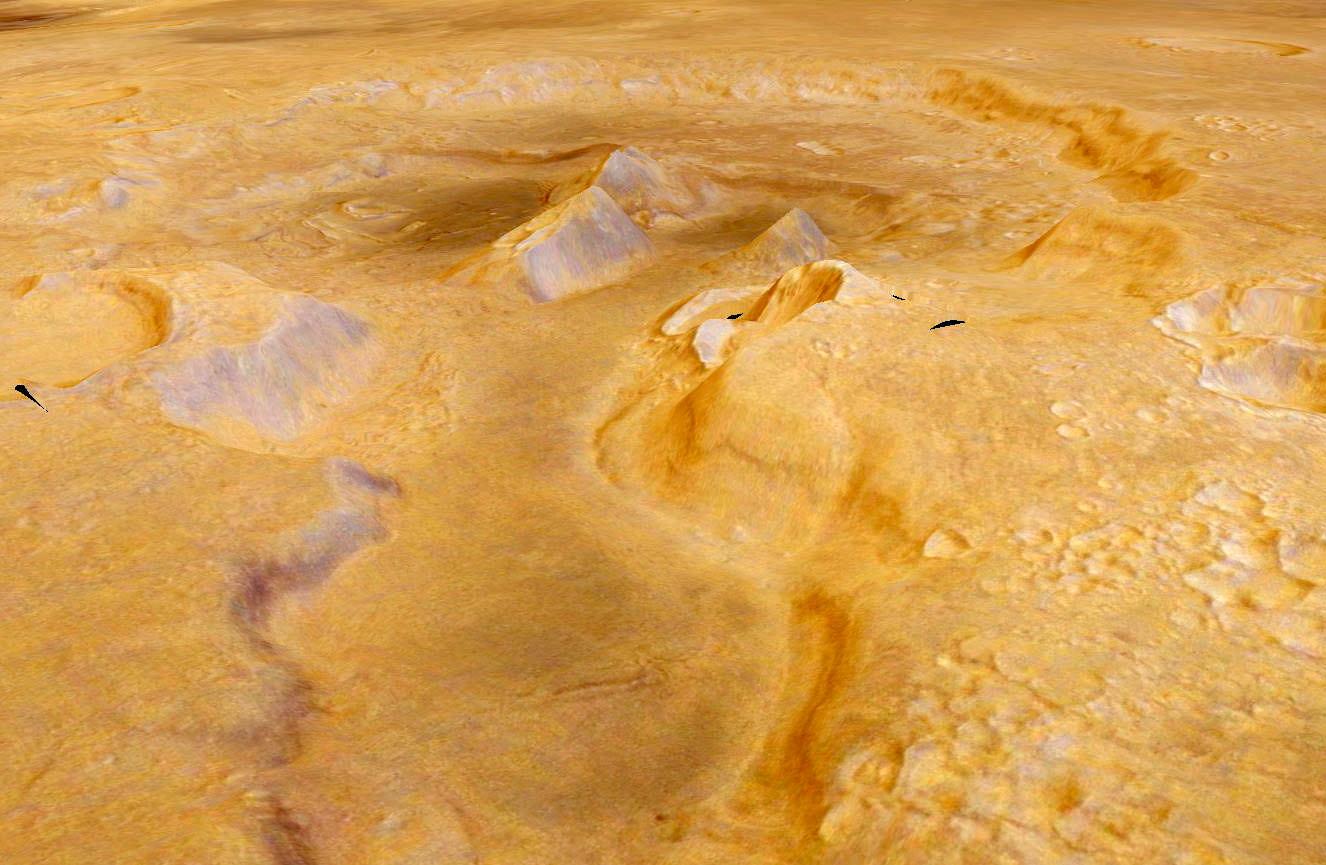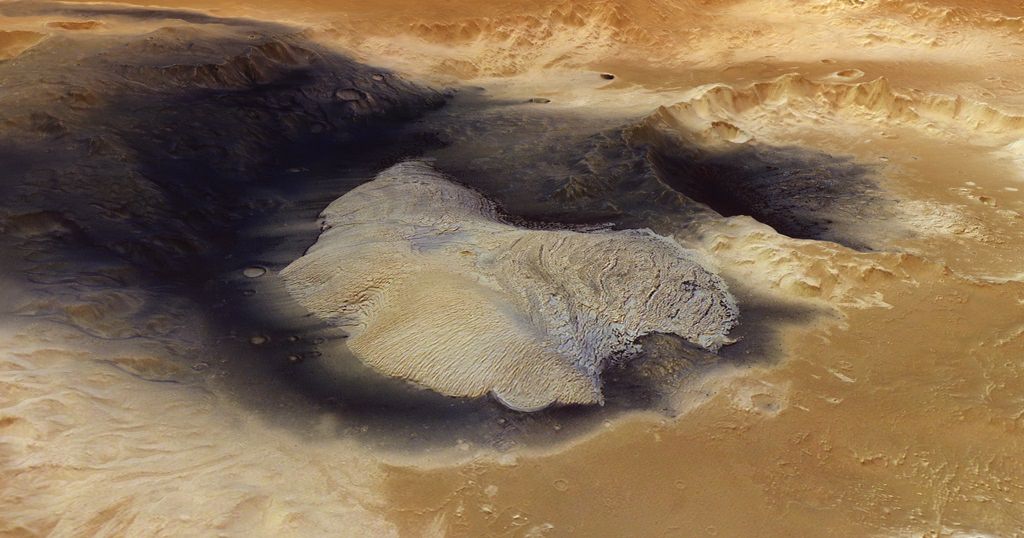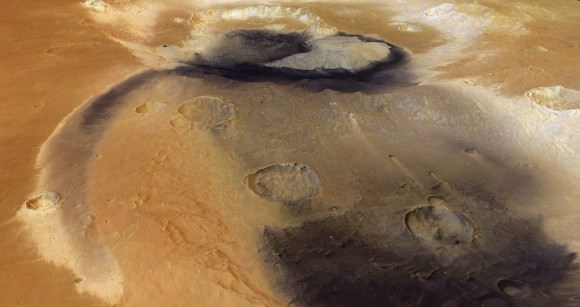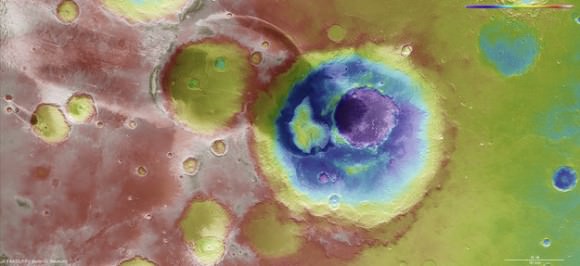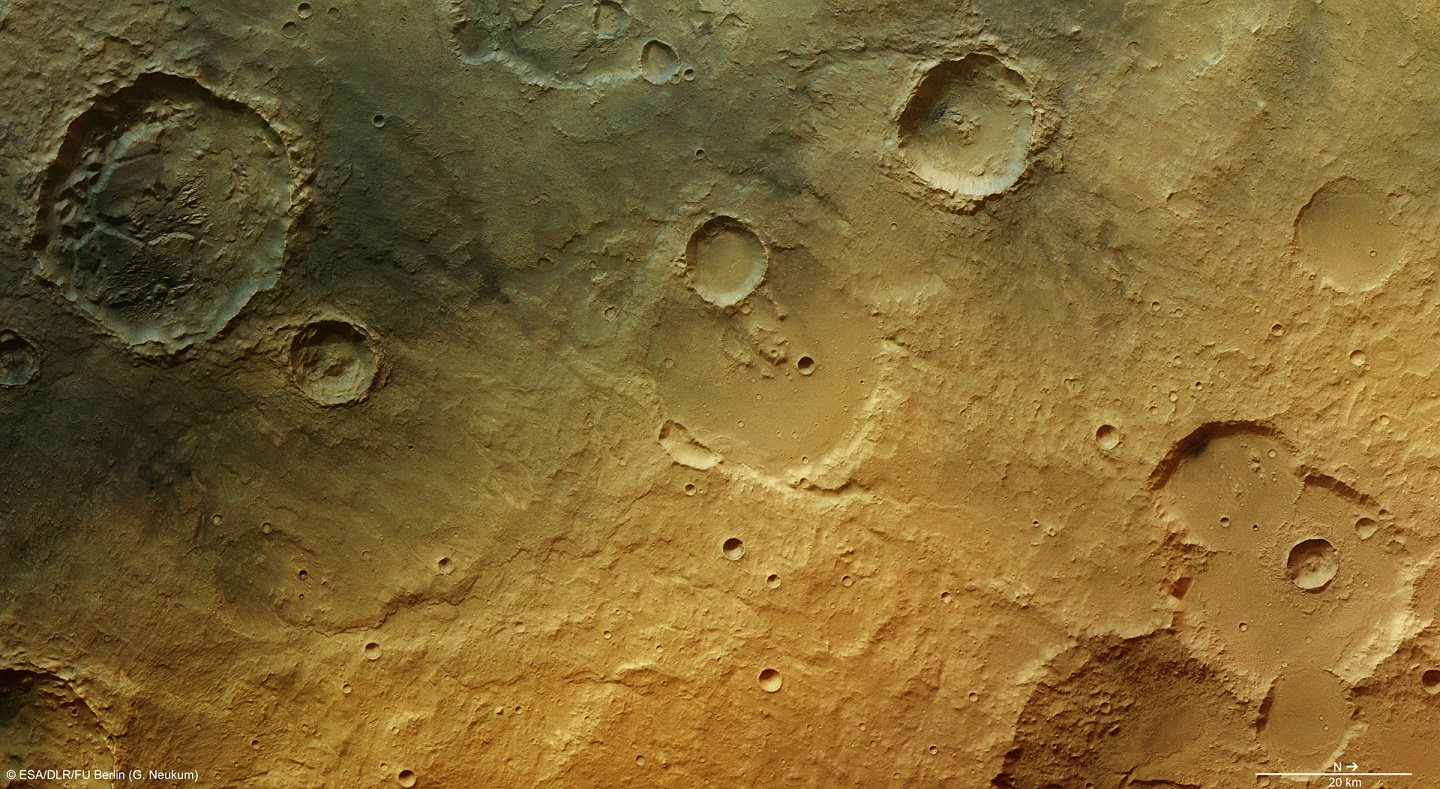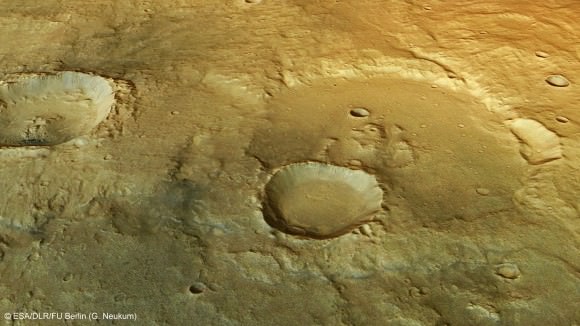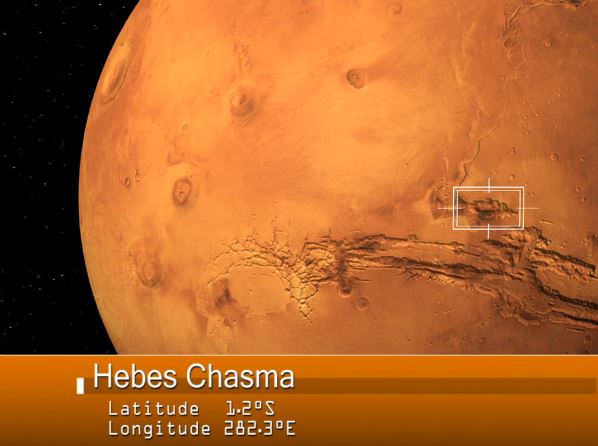There won’t be any pictures out of this close encounter, but the animations sure were spectacular. The European Space Agency’s Mars Express spacecraft skimmed just 45 kilometers (28 miles) above the surface of the moon Phobos yesterday, and through these various videos you can see what the orbital trajectory would have looked like during that time.
“The flyby on 29 December will be so close and fast that Mars Express will not be able to take any images, but instead it will yield the most accurate details yet of the moon’s gravitational field and, in turn, provide new details of its internal structure,” ESA wrote in a press release last week.
“As the spacecraft passes close to Phobos, it will be pulled slightly off course by the moon’s gravity, changing the spacecraft’s velocity by no more than a few centimetres per second. These small deviations will be reflected in the spacecraft’s radio signals as they are beamed back to Earth, and scientists can then translate them into measurements of the mass and density structure inside the moon.”
The goal is to learn more about the structure of Phobos with the aim of figuring out where the moon came from. There are competing theories about the origin of Phobos and the other Martian moon, Deimos. Perhaps they were captured asteroids, or perhaps they were made up of debris made up from huge collisions from the Martian surface.
“Earlier flybys, including the previous closest approach of 67 km in March 2010, have already suggested that the moon could be between a quarter and a third empty space – essentially a rubble pile with large spaces between the rocky blocks that make up the moon’s interior,” ESA added.
Check out the rest of the videos below.
Source: ESA

